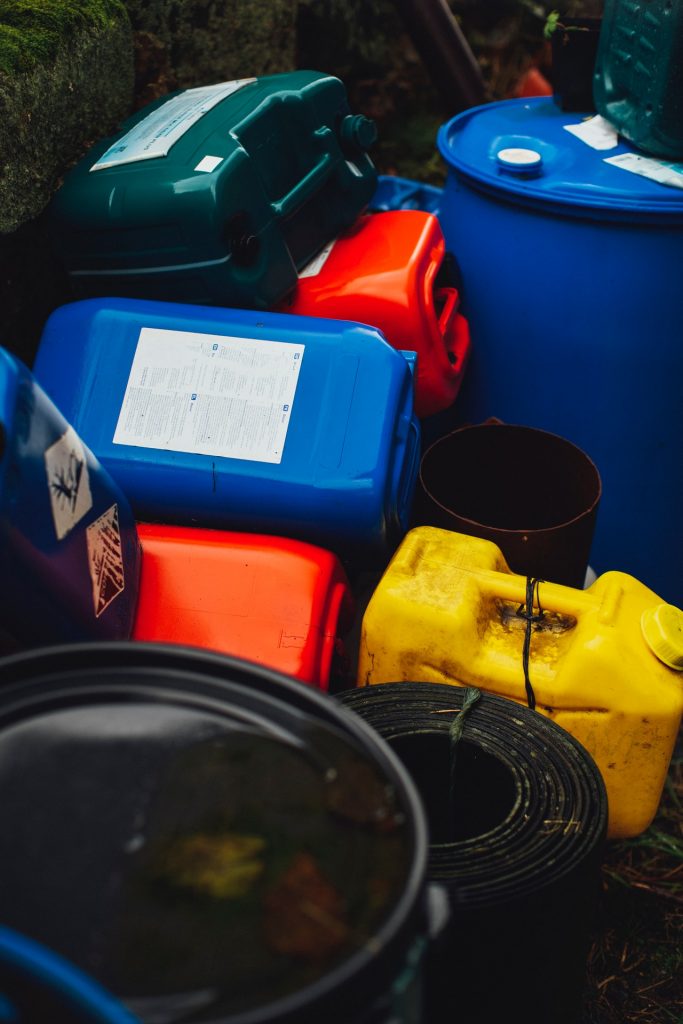Disclaimer: The Lifestyle Elf. This site provides fashion and lifestyle content for informational purposes only.
Sometimes, renovating our home can be tricky, especially when there are various physical and chemical hazards that we have to be aware of. At the same time, it’s easy to draw up your own design and choose products that you want to use; many of the inhabitants will be exposed to these hazards and toxins throughout most of the day since this is their home, after all.
Still, the process of renovating might not be as easy as most people think, especially when there are contaminants, toxic chemicals, and dust when workers are tearing down certain structures. But what are some of the chemicals that might be used during the renovation process?
Toxic Materials To Look Out For
But before we can get into how we can effectively protect ourselves from these toxic materials, it’s important that we first identify toxic materials that are often used in construction and their effects on the human body. Here’s what you’ll need to know:
- Lead – This is known for being one of the heavier metals. Because of its heavy and durable nature, it’s commonly used in roofing materials, painting, and pipes. But even though there are numerous uses for it, it’s known for being highly poisonous. It is known for being absorbed into the bloodstream in the same way that calcium does, which means that it doesn’t necessarily need a barrier to move freely through blood vessels.
- PVC – This is also known as polyvinyl chloride and is known for being one of the most cost-effective and lightweight materials for pipes. It can also serve as insulation material for gutters, doors, and roof membranes. However, PVC contains dioxins and phthalates, causing problems with hormones, especially in the reproductive system. Some would say that it’s also a carcinogen, a catalyst for a variety of serious diseases such as cancer and sensory issues.
- Asbestos – Throughout the past few decades, asbestos has been known for being a popular building material for various old structures. During 1983, several researchers found that it could cause various respiratory diseases and even lung cancer. Iceland was the first country to ban asbestos. Still, a variety of different countries are producing and important asbestos.
- VOCs – This stands for volatile organic compounds and can be found in nature and manufacturing facilities. This is usually used as adhesives, protecting roofs from leaks, and manufacturing plastics. This can also cause a variety of problems which is related to the central nervous system.
There are even more materials that can cause problems to the individual’s overall health, especially if the person working with these materials isn’t using the proper air filters, gloves, and protective glasses.
Avoid Doing Things By Yourself
DIY projects are known for being one of the most popular ways of crafting furniture and repairing parts of your home. But when it comes to heavy-duty renovations, the construction process can get a bit “messy,” and there’s going to be a variety of building materials and debris strewn everywhere. If this is the case, you might want to have someone well-versed in working on the matter instead.
It’s important to have professionals with the right personal protective equipment (PPE) for the job. Although it might seem like you can save more having to do most of these construction projects by yourself, this might be the right course of action, especially when these contaminants, asbestos, molds, phthalates, and lead can easily cause long-term health problems if you’re not too careful.
When it comes to handling pipes, waterways, and pipelines, it’s important to have professionals fix your bathroom pipes and waterways, especially when most pipes are known for having high lead levels. Fortunately, there are residential plumbing services that can provide residential bathroom plumbing fixtures. Lead poisoning can be a serious problem, especially for those that don’t have the proper safety equipment. It’s best to have a professional work on it instead.
Close Off The Area
Besides having a professional help you with the renovation process, it’s also important to seal off the rest of the area from other areas that don’t need renovation. Sealing off these areas can reduce particles from being suspended in the area.
Most would suggest using a heavy plastic cover and then using a vacuum with a HEPA filter designed for microscopic particles. After that, you should wipe down surfaces that might be caught up by dust and contaminants with a wet cloth. Not only will this remove particles, but this can “neutralize” any chemicals on surfaces.
There are a variety of ways of protecting yourself when you’re renovating your home. Still, it’s important to remember that even though you’re prepared for such a situation, the best course of action is to have professionally trained experts identify physical and chemical hazards.


